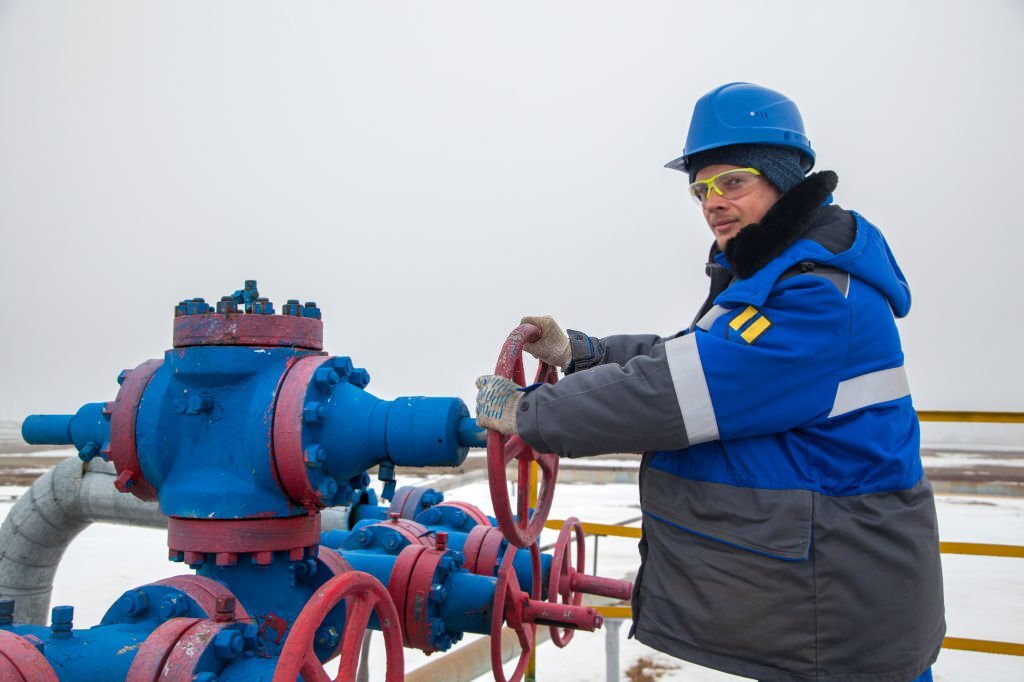
Introduction
In the fast-paced and demanding world of the oil and gas industry, where equipment operates in challenging environments, maintaining the reliability and longevity of machinery is of utmost importance. Preventive maintenance has emerged as a cornerstone strategy to achieve these goals. By taking a proactive approach to equipment care, the industry can avoid unexpected breakdowns, enhance operational efficiency, and significantly reduce downtime. In this comprehensive article, we delve into the importance of preventive maintenance for oil and gas equipment. From regular inspections and scheduled maintenance to predictive analytics and cost savings, we explore how this practice not only safeguards investments but also contributes to a safer, more efficient, and profitable industry.
1. Understanding Preventive Maintenance
1.1 Defining Preventive Maintenance
Preventive maintenance involves planned inspections, servicing, and repairs to prevent equipment failure and extend its operational life.
1.2 Differentiating Preventive and Reactive Maintenance
Preventive maintenance is proactive and planned, while reactive maintenance involves responding to equipment failures after they occur.
1.3 The Cost of Downtime
Unplanned downtime due to equipment failures can lead to substantial financial losses, production delays, and safety risks.
2. The Role of Regular Inspections
2.1 Early Detection of Issues
Regular inspections allow technicians to identify and address potential problems before they escalate into major failures.
2.2 Ensuring Equipment Integrity
Inspections ensure that equipment components are in proper working condition and meet safety and regulatory standards.
2.3 Extending Equipment Life
Timely identification and resolution of issues through inspections contribute to prolonging the operational life of equipment.
3. Scheduled Maintenance Strategies
3.1 Planned Servicing
Scheduled maintenance involves routine tasks such as lubrication, filter replacement, and calibration to keep equipment in peak condition.
3.2 Component Replacement
Replacing high-wear components at scheduled intervals prevents unexpected failures and extends the life of the entire system.
3.3 Overhauls and Refurbishments
Periodic overhauls involve comprehensive assessments, refurbishments, and replacements to restore equipment to like-new condition.
4. Predictive Analytics and Condition Monitoring
4.1 Data-Driven Insights
Predictive analytics analyze historical and real-time data to forecast equipment failures, guiding maintenance actions.
4.2 Remote Monitoring
Condition monitoring involves using sensors and data analysis to track equipment performance remotely, detecting anomalies early.
4.3 Machinery Health Monitoring
Health monitoring systems track equipment vibrations, temperatures, and other parameters to assess its overall condition.
5. Achieving Cost Savings
5.1 Reduced Downtime Costs
Preventive maintenance minimizes unplanned downtime, saving on lost production time and associated costs.
5.2 Avoiding Emergency Repairs
Proactively addressing issues before they lead to failures reduces the need for costly emergency repairs.
5.3 Extended Equipment Life
Regular maintenance and timely repairs extend the lifespan of equipment, delaying the need for costly replacements.
6. Enhancing Operational Efficiency
Well-maintained equipment operates at peak efficiency, minimizing energy consumption and maximizing production output.
6.2 Planned Shutdowns
Scheduled maintenance allows companies to plan equipment shutdowns during low-demand periods, minimizing disruption.
6.3 Workforce Efficiency
Efficiently operating equipment requires fewer interventions from maintenance teams, allowing them to focus on value-added tasks.
7. Ensuring Safety and Compliance
Preventive maintenance identifies and addresses safety concerns, reducing the risk of accidents and ensuring personnel well-being.
Regular maintenance helps companies adhere to safety and environmental regulations, avoiding potential penalties.
7.3 Reputation and Stakeholder Confidence
A commitment to safety and compliance enhances a company’s reputation and instills confidence in stakeholders.
8. Case Studies: Preventive Maintenance Success Stories
8.1 Offshore Platform
Case study of an offshore platform illustrates how preventive maintenance reduced downtime and increased operational efficiency.
8.2 Refinery Equipment
Exploration of refinery equipment demonstrates how scheduled maintenance and predictive analytics improved equipment reliability.
8.3 Pipelines and Transport
Case study of pipeline maintenance showcases how regular inspections and data analytics ensure safe and reliable transport.
9. Technology’s Role in Preventive Maintenance
9.1 IoT Integration
Internet of Things (IoT) devices enable real-time monitoring and data collection, facilitating predictive maintenance.
9.2 Artificial Intelligence (AI)
AI algorithms analyze vast amounts of data to predict equipment failures, guiding proactive maintenance decisions.
9.3 Digital Twins
Digital twin technology creates virtual replicas of equipment, allowing engineers to simulate scenarios and predict failures.
10. Developing a Preventive Maintenance Strategy
10.1 Equipment Prioritization
Prioritize equipment based on criticality, usage, and potential impact on operations.
10.2 Data Collection and Analysis
Collect and analyze data to identify patterns, trends, and potential failure indicators.
10.3 Tailored Plans
Create customized maintenance plans for different equipment types and operational conditions.
11. Collaborative Approach to Preventive Maintenance
11.1 Cross-Functional Collaboration
Maintenance teams, engineers, and operations work together to develop effective preventive maintenance strategies.
11.2 Feedback and Improvement
Collect feedback from maintenance personnel and operators to continually improve maintenance plans.
11.3 Training and Skill Enhancement
Provide training to maintenance teams to ensure they have the skills and knowledge to execute maintenance tasks effectively.
Conclusion
Preventive maintenance is not just a practice—it’s a fundamental strategy that underpins the success of the oil and gas industry. By prioritizing regular inspections, scheduled maintenance, predictive analytics, cost savings, and operational efficiency, the industry ensures the reliability, longevity, and safety of its equipment. In a landscape where reliability and efficiency are crucial, embracing preventive maintenance represents an investment in both equipment and operational excellence. As technology advances, the potential for even more sophisticated maintenance strategies becomes evident, promising a future where equipment remains operational, efficient, and reliable in the challenging environments of the oil and gas industry.

